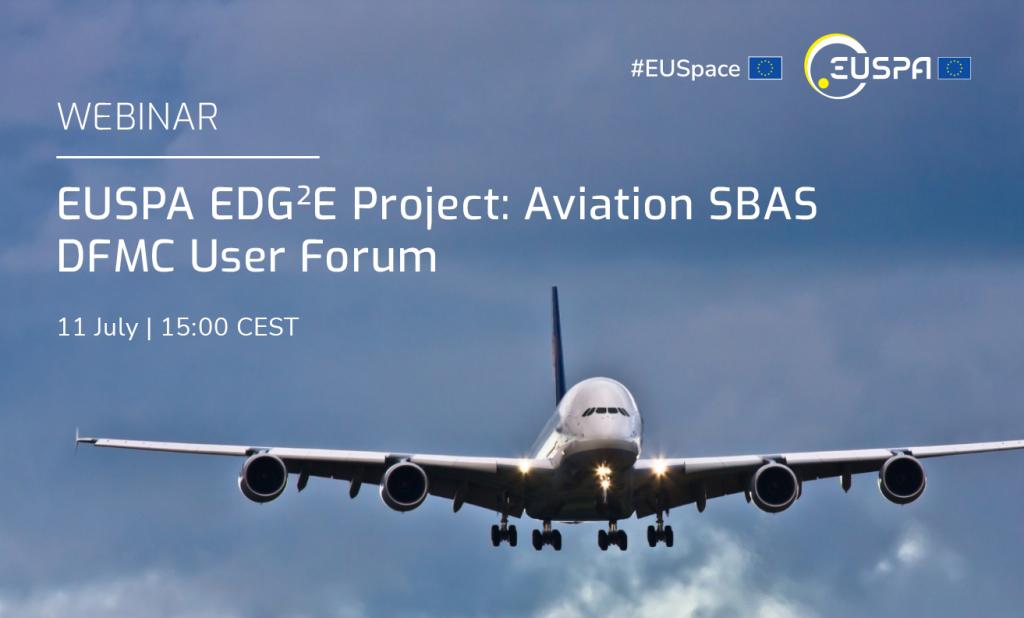EDG²E and the optimisation of aviation navigation with Galileo

The EU-funded project, EDG2E, managed by the European Union Agency for the Space Programme made significant strides in optimizing aviation navigation with the integration of Galileo, the European GNSS system. By leveraging the advanced capabilities of Galileo and incorporating them into avionics technology, the project aims to enhance safety, precision, and reliability in air travel, ultimately benefiting the aviation industry as a whole.
The project has recently demonstrated the capabilities of the new DFMC Navigation modes using GPS + Galileo in the L1/L5 and E1/E5a frequencies. The DFMC Navigation modes showcased their functionality under various flight plans, including different latitudes and approaches such as RNP (Required Navigation Performance). The tests were conducted using a prototype avionic GNSS Receiver using high reliability hardware components in design. Realistic installation conditions were simulated on an ATR72-600 aircraft, considering installation constraints like DFMC antenna characteristics, analog front end architecture device losses, and the effects of vibrations and dynamic factors.
The EDG2E project, and the MUGG project, stand out as the only initiatives to achieve successful proof of concept through flight trials, even in scenarios with a limited number of GPS L1/L5 satellites available. This achievement has not impeded the project's ability to accomplish RNP0.1 and RNP0.3 operations, demonstrating its robustness and effectiveness.
One of the other key outcomes of the EDG2E project is the validation and consolidation of the DFMC SBAS MOPS (Minimum Operational Performance Standards) identified as EUROCAE ED-259A / RTCA DO-401. This provides a concrete means to advance and refine the receiver standard, paving the way for improved aviation navigation systems.
A webinar is now being organised to learn more about the advancements made by the EDG2E project, and discuss further the achievements in aviation navigation optimization. The webinar aims to accomplish several objectives:
- Present Galileo and EGNOS V3, highlighting the specific advantages they offer to the aviation industry. This will provide attendees with valuable insights into the potential benefits of integrating these programs into aviation navigation systems.
- Showcase the EDG2E project and share the outcomes of the recently completed flight trials using the prototype receiver that tested DFMC Navigation modes.
- Engage the audience in a discussion about the advantages of the SBAS DFMC receiver for aviation. Attendees will have the opportunity to provide feedback and share their perspectives on the benefits of this technology.
- Present the results of a questionnaire posted on the project website, further enriching the understanding of the receiver's potential impact.
The webinar will provide a platform to disseminate the results and discuss their implications for the aviation sector providing confidence among stakeholders regarding the imminent availability of DFMC signals and receivers in aviation.
Join us here.
Media note: This feature can be republished without charge provided the European Union Agency for the Space Programme (EUSPA) is acknowledged as the source at the top or the bottom of the story. You must request permission before you use any of the photographs on the site. If you republish, we would be grateful if you could link back to the EUSPA website (http://www.euspa.europa.eu).